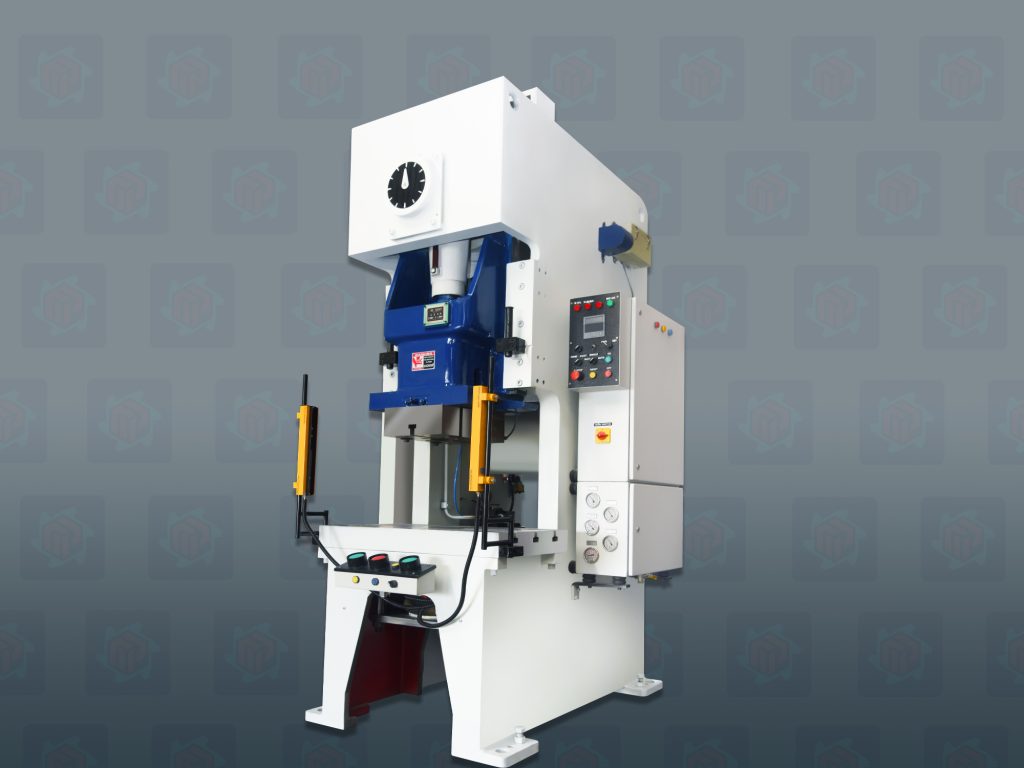Cross Shaft Power Press

Cross Shaft Power Press
A cross shaft power press is a type of mechanical press widely used in industrial applications for tasks such as stamping, punching, bending, and forming metal sheets. This press is characterized by its cross shaft mechanism, which enhances the distribution of forces, allowing for better performance and durability.
Cross Shaft Power Press
components and features
The frame, often designed in a C and H-shape, provides structural integrity and rigidity to the press. It is robust enough to withstand the high forces generated during operation and supports the overall assembly of the press.
The crankshaft converts rotational motion from the flywheel into the linear motion of the ram. In a cross shaft power press, crankshaft may be connected to the cross shaft to enhance force distribution.
The ram (or slide) is the moving part of the press that exerts force onto the workpiece. It moves vertically and is equipped with the upper die for stamping or forming operations. The ram is guided to ensure precise movement and alignment.
The flywheel stores kinetic energy and provides the necessary momentum to drive the crankshaft. It helps maintain a continuous operation and balances the load during the ram's movement.
The clutch engages and disengages the connection between the flywheel and the crankshaft. It allows for controlled operation of the ram, enabling precise timing for the stamping or forming process.
The brake mechanism stops the ram’s motion when required, ensuring safety and precision. It is activated when the clutch is disengaged, bringing the ram to a halt quickly.
The bolster plate is mounted on the bed of the press and supports the lower die. It provides a stable and flat surface for the workpiece and ensures proper alignment during operation.
Connecting rods link the crankshaft to the ram, transferring motion from the crankshaft to drive the ram's vertical movement. They help convert rotational energy into linear motion effectively.
The die is the tool that shapes or cuts the material. The upper die is attached to the ram, while the lower die is fixed on the bolster plate. The interaction between the two dies forms or cuts the material during operation.
The control panel allows the operator to manage the press’s functions, such as starting, inching, continuing and adjusting the stroke length and speed. Modern presses may incorporate digital controls for enhanced functionality.
Cross shaft power presses are equipped with various safety features, including guards, emergency stop buttons, and light curtains, to ensure operator safety during operation.
Many cross shaft power presses include a mechanism to adjust the stroke length, allowing operators to set the ram’s movement according to the material thickness and specific application requirements.
An automatic lubrication system is often included to keep the moving parts (like the cross shaft, crankshaft, and connecting rods) well-lubricated, reducing wear and ensuring smooth operation.

